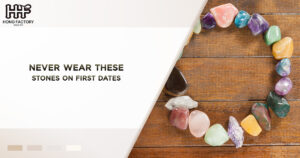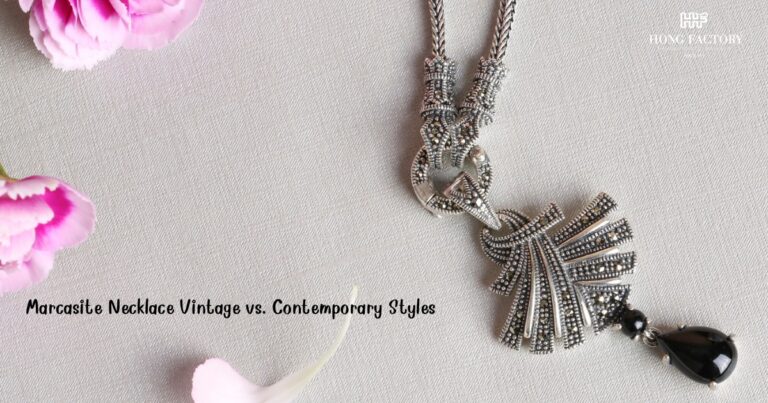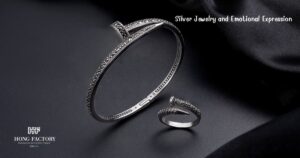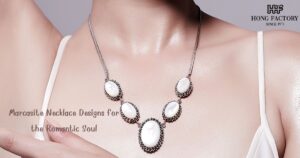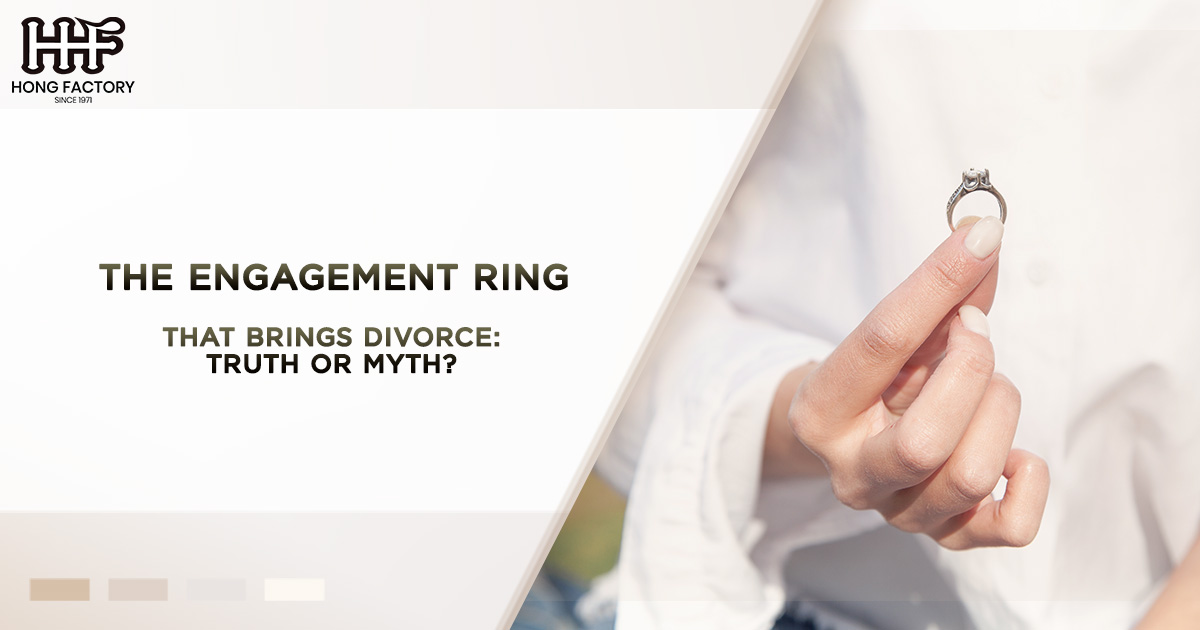
The engagement ring is one of the most meaningful pieces of jewelry a person can give or receive, symbolizing love, commitment, and the promise of a future together. However, a curious and somewhat unsettling belief has taken root in some cultures and online discussions- could the choice of stone or metal in an engagement ring bring bad luck to a marriage or even lead to divorce? This article explores the fascinating myths, superstitions, and beliefs surrounding engagement rings, marriage luck, relationship omens, and jewelry superstitions. We’ll examine whether there’s any truth to these claims or if they are merely folkloric tales passed through the ages.
The History of Engagement Rings and Symbolism
The tradition of engagement rings dates back to ancient Rome, where women wore rings made of flint, bone, or ivory to signify a legal agreement rather than romantic love. Over time, the symbolism evolved, and by the 15th century, diamonds became the stone of choice, popularized by Archduke Maximilian of Austria’s proposal to Mary of Burgundy in 1477. Diamonds were believed to symbolize eternal love due to their durability and brilliance.
Despite their romantic connotations, engagement rings have also been surrounded by omens and superstitions. For centuries, certain stones, metals, or even how a ring was worn were believed to influence the success of a marriage. These beliefs are deeply rooted in cultural traditions, astrology, and folklore, creating a rich tapestry of stories about engagement rings and their impact on marriage luck.
Common Jewelry Superstitions About Engagement Rings

Engagement rings have long been associated with superstitions, some of which are still believed today. Here are a few of the most common jewelry superstitions tied to love and relationships
- Pear-Shaped Diamonds and Divorce
One of the most widespread modern myths is that pear-shaped diamonds are “bad luck” and may lead to heartbreak or divorce. This belief likely stems from their unique shape, which some interpret as a “tear” or a “drop,” symbolizing sadness or tears in the relationship. While there is no evidence to support this claim, the superstition persists among some couples.
- Opals as a Bad Omen
Opals have a storied history of being considered unlucky, especially in engagement rings. This superstition dates back to the 19th century when opals were associated with bad luck due to their fragile nature and the stone’s tendency to crack or fade over time. Queen Victoria, however, adored opals and wore them often, challenging this belief. Nevertheless, some people still avoid opals in engagement rings, fearing they might bring misfortune to the marriage.
- Emeralds and Marital Discord
Emeralds, known for their vivid green hue, are said to enhance intuition and promote truth in relationships. However, in some cultures, they are also associated with envy and jealousy, which could stir discord in a marriage. This dual symbolism makes emeralds a controversial choice for engagement rings.
- Gold vs. Platinum – The Metal Debate
The choice of metal in an engagement ring can also carry symbolic weight. Gold has historically been viewed as a symbol of wealth, warmth, and stability, while platinum represents strength and endurance. Some believe that using mixed metals (e.g., a gold band with platinum accents) could create imbalance in a relationship, though this is more of a modern superstition than an ancient one.
- Inherited Rings and Their Energies
Using a family heirloom as an engagement ring is a cherished tradition, but some believe that inherited rings carry the “energy” of the previous owner. If the previous marriage tied to the ring ended in divorce or unhappiness, some fear that the negative energy might transfer to the new couple. This belief is rooted in the idea that objects can hold emotional or spiritual imprints from their past.
Cultural Beliefs About Stones and Marriage Luck
Different cultures attribute unique meanings and omens to various stones and metals in engagement rings. These beliefs often reflect the cultural values and spiritual practices of the societies in which they originated.
- Diamonds – The Universal Symbol of Love
In Western culture, diamonds are considered the ultimate stone for engagement rings due to their association with eternal love and commitment. However, some cultures view diamonds with caution. For instance, in Indian astrology, diamonds are linked to the planet Venus, which can bring both love and vanity. An astrologer might advise against wearing a diamond if it conflicts with a person’s astrological chart.
- Sapphires – Faithfulness and Wisdom
Sapphires are often chosen for engagement rings due to their association with loyalty, faithfulness, and wisdom. However, in some traditions, wearing a sapphire without proper alignment to one’s astrological sign is thought to bring misfortune. Despite this, sapphires remain a popular choice, especially for couples seeking a unique alternative to diamonds.
- Rubies – Passion or Conflict?
Rubies symbolize passion, love, and energy, making them a bold choice for engagement rings. However, in some cultures, their fiery red color is also associated with anger and conflict, leading some to view them as a risky choice for marital harmony.
- Amethysts – Protection or Isolation?
Amethysts are believed to provide protection against negative energies and promote clarity of thought. However, their association with celibacy in Christian traditions has led some to question their suitability for engagement rings, as they might symbolically suppress romantic desire.
The Role of Relationship Omens in Modern Marriage
In an era when many people rely on science and logic, why do superstitions about engagement rings and marriage luck still persist? The answer lies in human psychology and our natural tendency to seek meaning in symbols. Engagement rings, as powerful symbols of love and commitment, carry an emotional weight that makes them susceptible to superstition.
For some, these beliefs are a source of comfort, offering a sense of control over an uncertain future. For others, they are a source of anxiety, causing unnecessary stress during what should be a joyful time. In either case, relationship omens and jewelry superstitions reflect our deep-seated desire to protect the bonds we hold most dear.
Debunking the Myths – Truth or Myth?
While the notion that an engagement ring could bring divorce is intriguing, there is no scientific evidence to support these claims. The success of a marriage depends on mutual trust, communication, and shared values—not the type of stone or metal in a ring. However, if a couple truly believes in a particular superstition, that belief could influence their mindset and behavior, potentially creating a self-fulfilling prophecy.
For those who are concerned about these superstitions, there are practical ways to address them. For example, couples can consult with a jeweler who specializes in symbolic or spiritual jewelry to find a ring that aligns with their beliefs. Alternatively, they can create a custom piece that carries personal meaning rather than relying on traditional symbols.
Conclusion
At the end of the day, the engagement ring is deeply personal, and its meaning lies in the love and intention behind it, not in the material or design. Whether you choose a diamond, sapphire, emerald, or a simple band, the true significance of the ring is the commitment it represents.
Superstitions can add an interesting layer of tradition and meaning to the choice of an engagement ring, but they should not overshadow the joy of finding a symbol that feels right for you and your partner. After all, love is about creating your own story—not living by someone else’s myths.
